E-commerce image editing services are tailored to enhance product photos for online stores, improving their visual appeal and ensuring they meet specific standards. These services often include background removal, color correction, resizing, and more. Here are some key services and providers you might consider:
Removing the background from an image by hand typically involves using photo editing software or tools to manually select and isolate the subject. Here’s a step-by-step guide for a few popular tools:
Open the Image:
Select the Subject:
Refine the Selection:
Remove the Background:
Save Your Image:
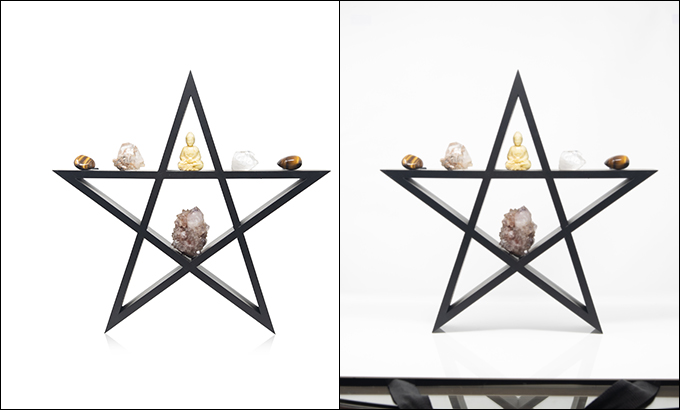
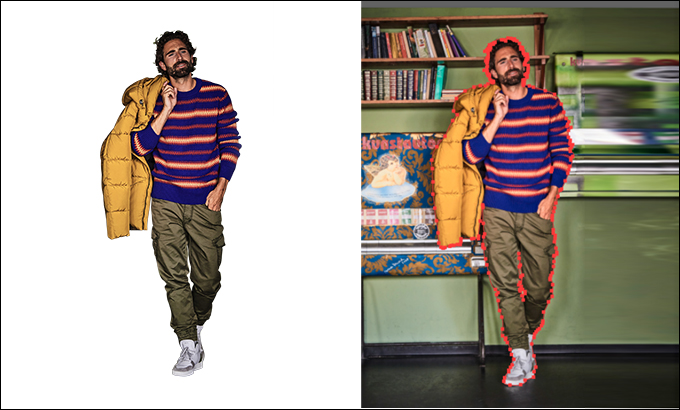
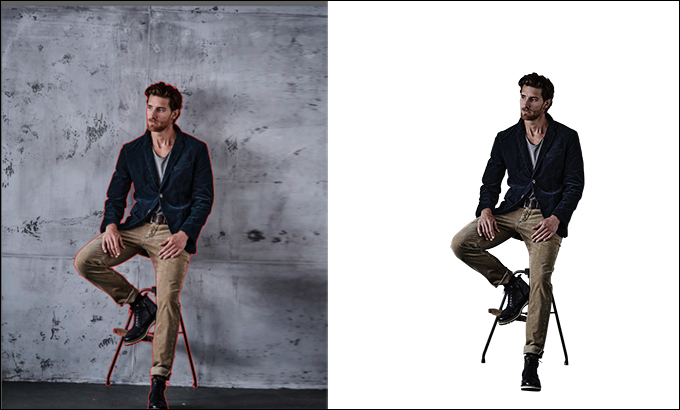
Clipping path services are specialized in removing or altering the background of images with precision, often used for e-commerce, advertising, and design. Here’s how these services typically work and some options you might consider:
Clipping Path India: Offers a range of image editing services, including clipping paths, background removal, and more.
Path Edits: Provides clipping path and photo editing services with a focus on high-quality results.
Clipping Magic: An online tool that combines automation with manual editing features.
Fiverr: A freelance marketplace where you can find individuals or agencies offering clipping path services at various price points.
Upwork: Another freelance platform where you can hire professionals for clipping path and other image editing tasks.
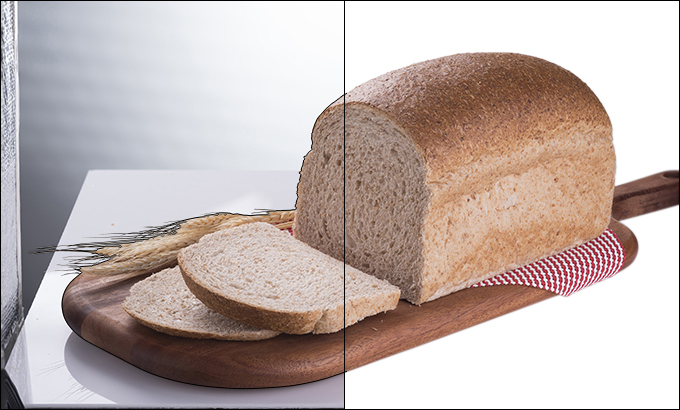
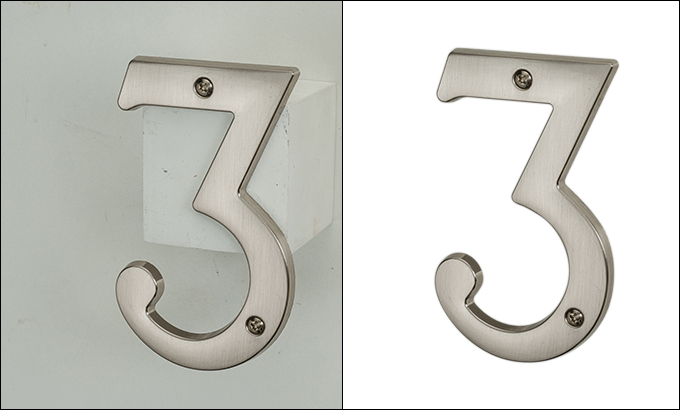
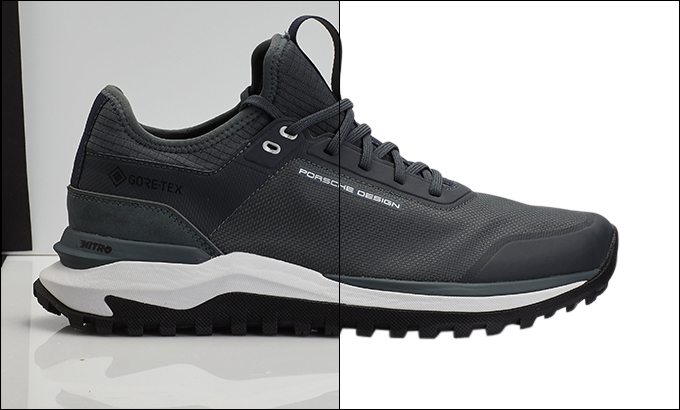
The ghost mannequin effect, also known as the invisible mannequin effect, is a popular technique used in e-commerce photography to showcase clothing items in a way that highlights their shape and fit without the distraction of a visible mannequin or model. This method gives a 3D appearance to the apparel and makes it look like it’s being worn without actually having a person in the image.
Photograph the Clothing:
Prepare the Images:
Remove the Mannequin:
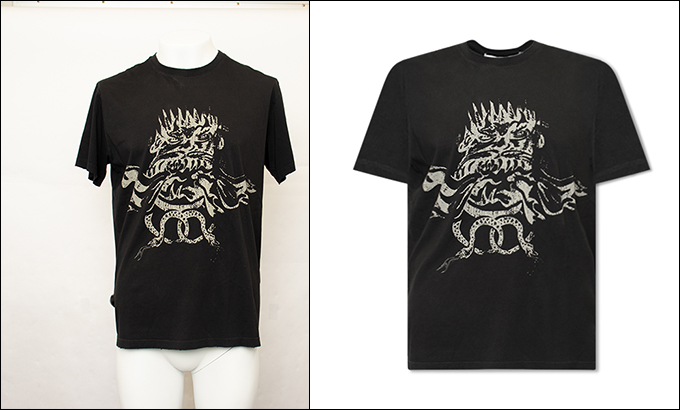
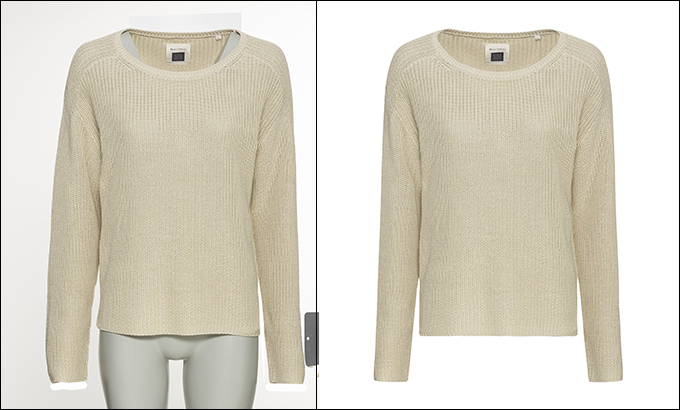
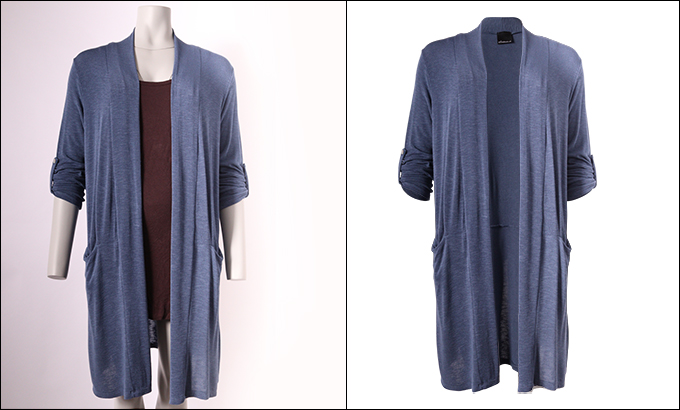
Image masking is a technique used to isolate a subject from its background, allowing for more detailed editing or for placing the subject onto a different background. This technique is particularly useful for complex images where precise background removal is needed, such as in e-commerce product photos or artistic projects. Here’s a breakdown of what image masking involves and some services you can use.
Alpha Channel Masking:
Layer Masking:
Clipping Path Masking:
Color Range Masking:
Hair and Fur Masking:

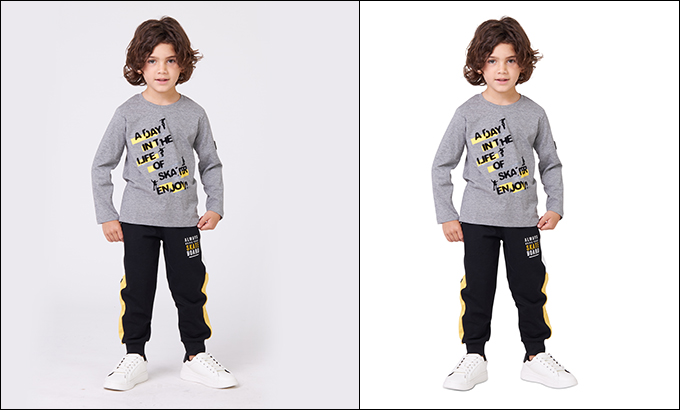

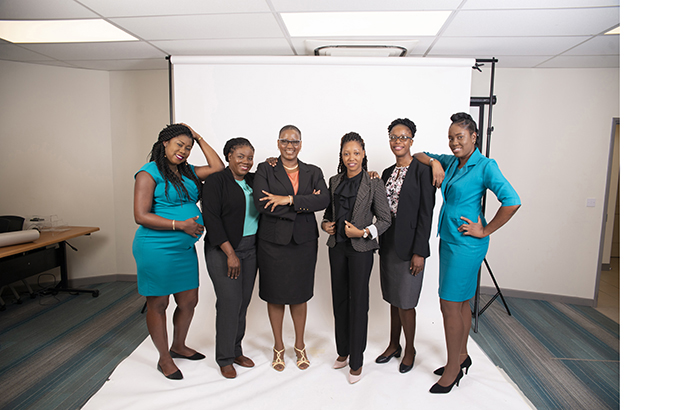
Photo retouching is the process of enhancing and correcting images to achieve a polished, professional look. It can involve a variety of techniques to improve the overall appearance of a photo, remove imperfections, adjust colors, and more. This is commonly used in fields like fashion, e-commerce, portrait photography, and advertising. Here’s a detailed guide on photo retouching:
Skin Smoothing and Blemish Removal:
Color Correction:
Sharpening and Clarity:
Background Removal and Replacement:
Enhancing Details:
Object Removal:
Lighting Adjustments:
Retouching Portraits:
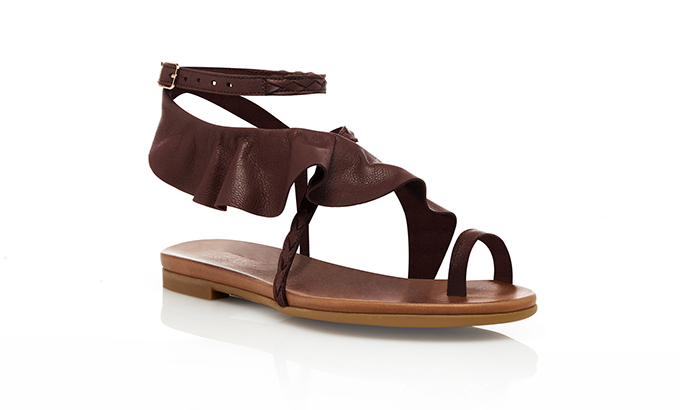
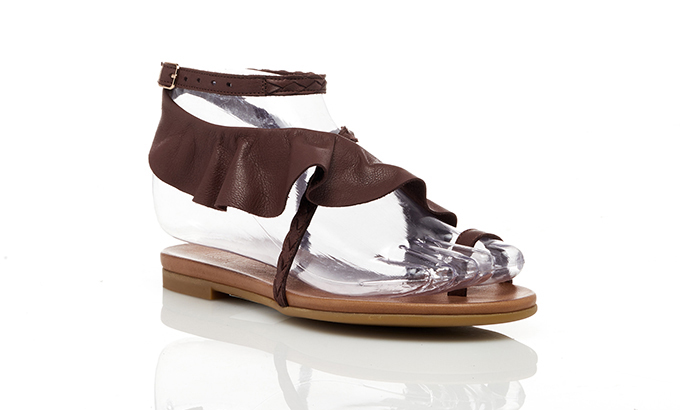
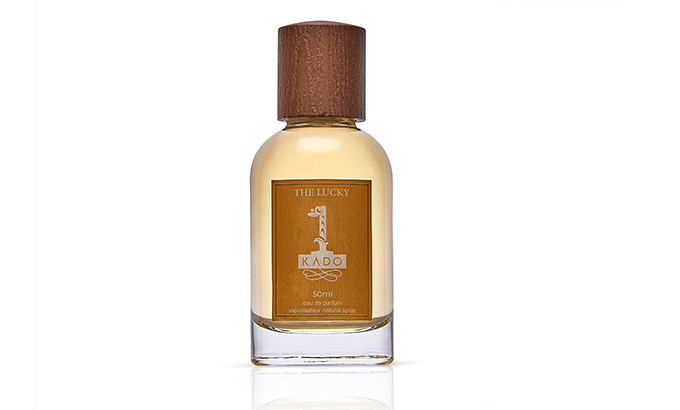
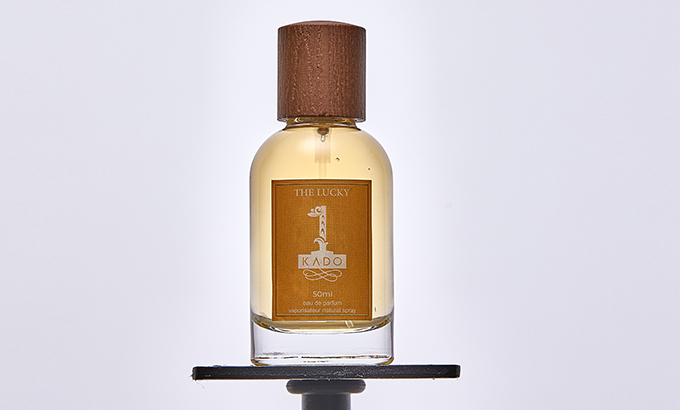


Creating shadows for images, often referred to as shadow making or shadow creation, is a key technique in photo editing that adds depth and realism to product photos, portraits, or other types of images. Shadows can make objects look more natural and grounded, especially when they are isolated from their original background. Here’s a guide to creating shadows in photo editing:
Drop Shadows:
Cast Shadows:
Reflection Shadows:
Natural Shadows:
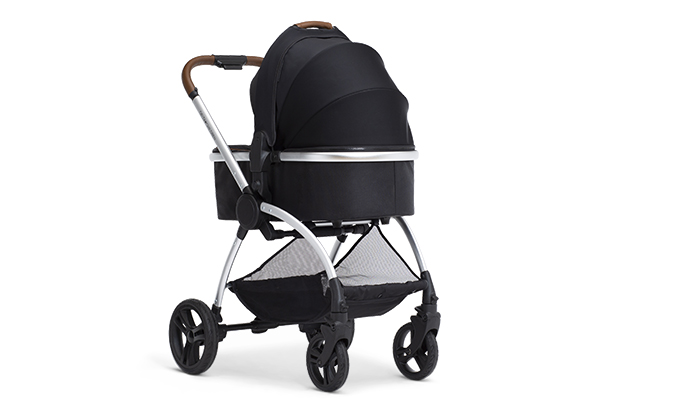
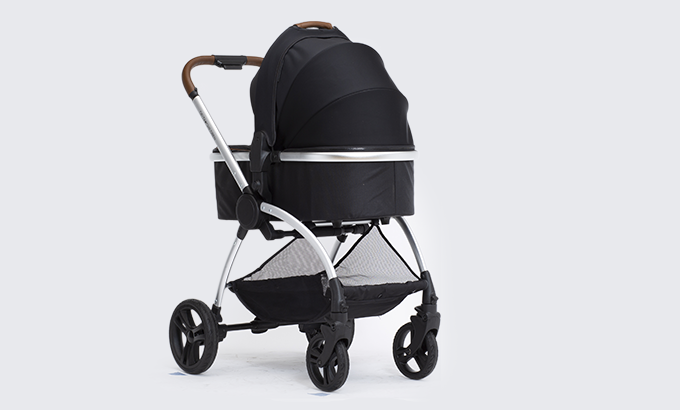
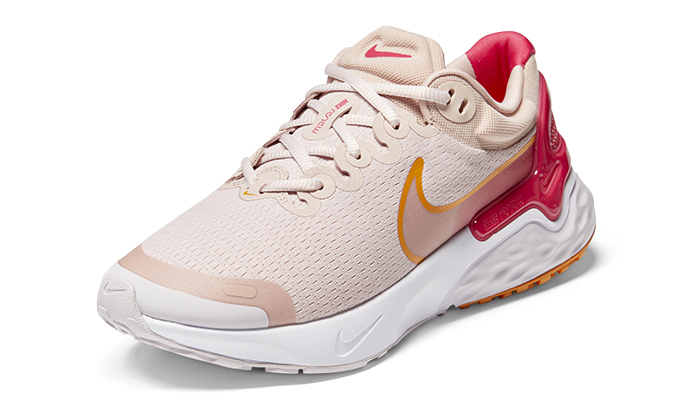
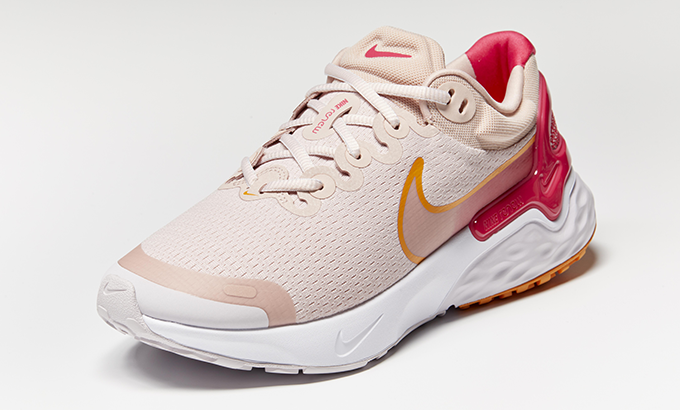
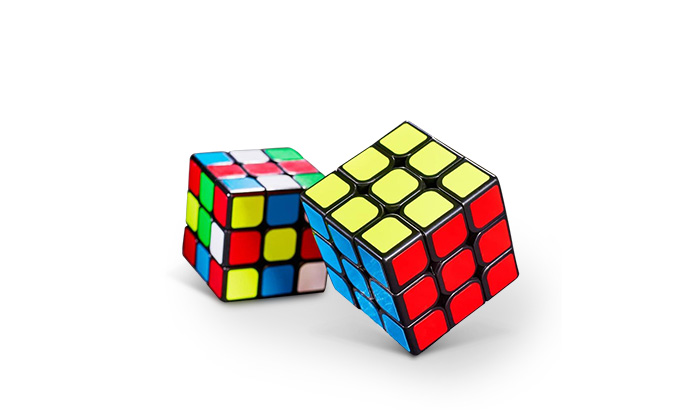
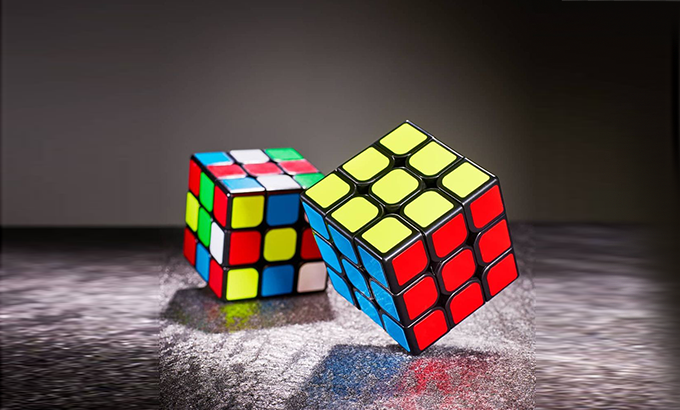
Color correction is a crucial process in photo editing that involves adjusting the colors in an image to achieve accurate, balanced, and visually appealing results. It ensures that colors are true to life and can also enhance the overall mood and aesthetics of the image. Here’s a comprehensive guide to color correction:
White Balance Adjustment:
Exposure Correction:
Contrast Adjustment:
Color Balance Adjustment:
Saturation and Vibrancy Adjustment:
Hue Adjustment:
Highlight and Shadow Correction:
Selective Color Correction:
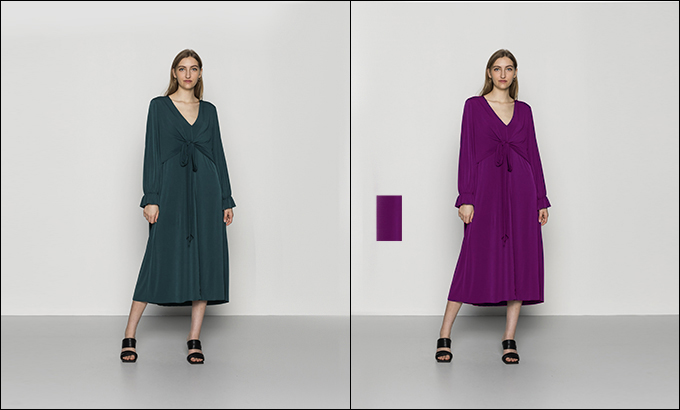
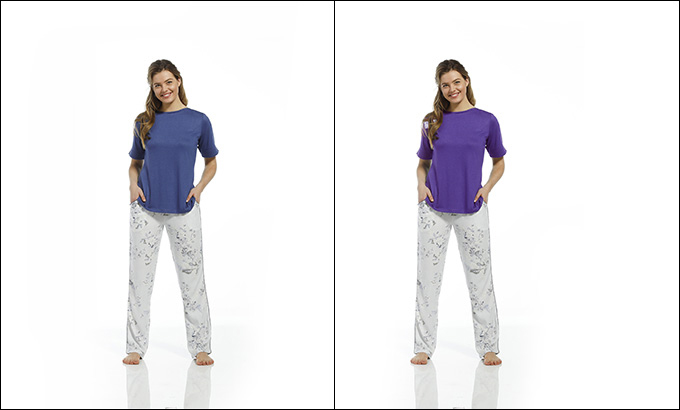
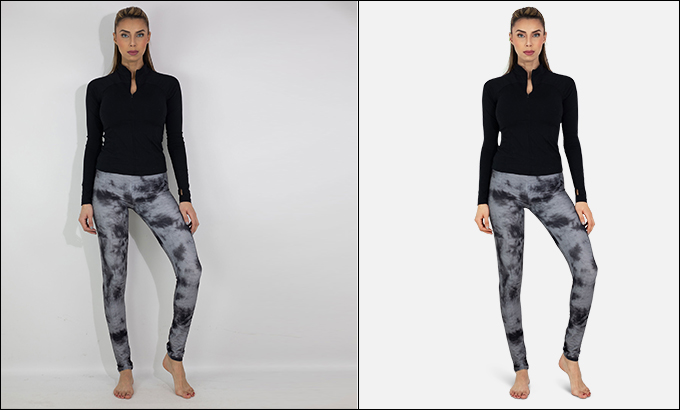
Model editing refers to the process of enhancing and retouching images of models to improve their appearance for fashion shoots, advertisements, and other marketing materials. This can involve a variety of techniques to adjust lighting, color, remove blemishes, and alter specific features to achieve a polished, professional look. Here’s a comprehensive guide to model editing:
Skin Retouching:
Body and Face Contouring:
Color Correction and Enhancement:
Hair Retouching:
Eye and Teeth Whitening:
Background and Environment Editing:
Clothing and Accessory Enhancements:
Lighting Adjustments:
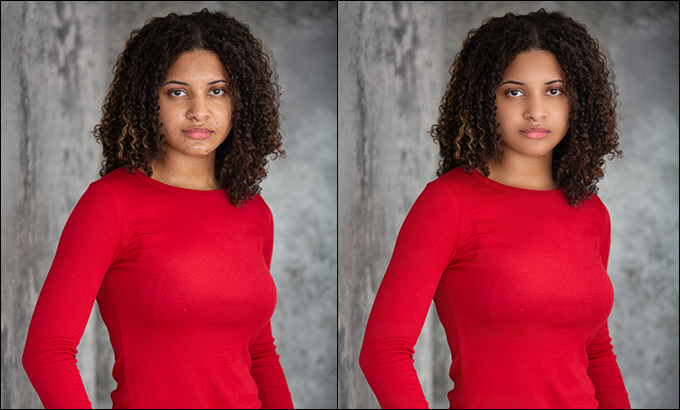


We have shown our performance in the market and have come up as the excellent company. Our experts have good years of experience in special Photoshop manipulations. Our clipping path service will make use of photography lovers…..





























Jewelry retouching is a specialized form of photo editing aimed at enhancing the appearance of jewelry in images. This process typically involves several steps to ensure the jewelry looks as attractive and detailed as possible.
© 2024 Created with Jewelry-Retouching